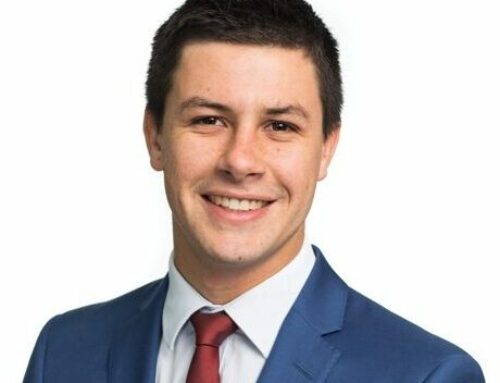Based in our Wellington office, Duncan brings over 26 years of experience to his mechanical engineering role alongside a demonstrable commitment to the provision of quality design solutions.
With a passion for creating new spaces that enhance wellbeing and productivity, his strengths lie in the design, specification and observation of HVAC systems of all types and extensive knowledge of electrical, fire protection and hydraulic services.
Here are some reflections from Duncan on his career to date, including one of his favourite projects, the Archives New Zealand Te Rua Mahara o te Kāwanatanga (also known as Archives Wellington).
What inspired you to become an engineer?
I have an inherent fascination with machines and a compulsion to create new things. Education and professional training connected me with the heritage of builders and engineers throughout history.
Why mechanical engineering?
A preference for mechanical engineering came from my boyhood interest in engines, vehicles and machinery. Since then, I have added to this a great appreciation of buildings and architecture and the huge importance of these to our communities. A career in the mechanical engineering aspects of the building industry allows me to enjoy a city lifestyle.
What’s your career highlight project?
The new Archives New Zealand Te Rua Mahara o te Kāwanatanga building, now under construction in Wellington, provides an asset of national significance that has resilience to withstand natural disasters, provides a safe repository for the nation’s valuable documents and includes conservation facilities. Importantly, it also provides the public with access to their records and national treasures.
Tell us about the mechanical engineering on this project.
Mechanical systems provide indoor air quality and control of temperature and humidity. We must recognise that no matter how capable systems might be, the best repository will not be totally reliant on mechanical systems, so it’s been essential to influence the design of the building envelope to provide the highest standard of protection achievable, and to minimise the input required from mechanical systems.
This involved detailed collaboration with many specialists, and computer modelling to predict performance, compare options, optimise the design and communicate our recommendations to our client.
What innovative new approaches are you seeing when it comes to mechanical engineering?
The progressively increased application of electronics, software and communications throughout my career has reduced energy consumption and increased the ability of HVAC systems to respond to people’s needs. The development of smart buildings has huge potential which has yet to be unlocked.
If you’ve worked across regions, countries, and/or Tetra Tech operating units, can you tell us about the key similarities and differences you’ve encountered when it comes to mechanical engineering and your projects?
The sharing of knowledge and experience around the international NDY and Tetra Tech family is valuable, and it’s vital to apply this knowledge through the lens of local knowledge. New Zealand is characterised by its small market size, a limited pool of expertise in many fields, and the need to prioritise seismic resilience above energy efficiency and sustainability.
Where do you see the future of mechanical engineering heading?
Mechanical engineering is vital to our lifestyles and communities. It was fundamental to the advances achieved during the industrial revolution and will remain fundamental to lifestyles of the future. We need people who understand mechanical engineering and its application in our lives.
What legacy do you want to leave, when it comes to your career?
Soundly engineered systems that continue to serve people reliably, and an understanding amongst my younger colleagues of how these things can be achieved.
Concept image of the new Archives New Zealand Building in Wellington supplied courtesy of Te Rua Mahara o te Kāwanatanga Archives New Zealand. Read more about the project on the Archives New Zealand website.










